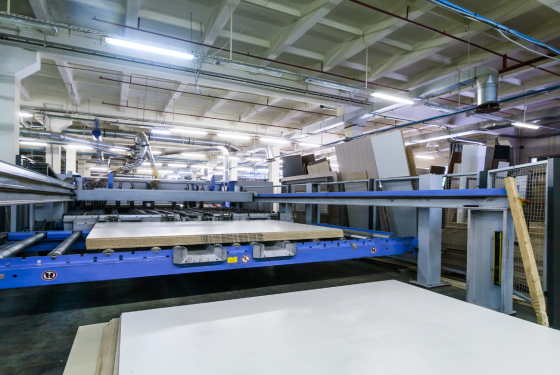
Modern furniture manufacturing has evolved significantly with the availability of various man-made materials and advanced construction methods. Here are some key points about modern furniture manufacturing:
Materials: Modern furniture is often constructed using man-made materials such as plywood, laminated board, chipboard, and hardboard, rather than natural solid wood. These materials are preferred because they are more stable and less prone to movement, which can cause issues like splits, open joints, or jammed drawers.
Natural Wood: While man-made materials are commonly used, solid wood is still employed for items requiring turning, shaping, or moulding, as well as for lippings to conceal the edges of manufactured boards.
Plywood: Plywood is made by peeling veneers from logs and can be of unlimited width, making it versatile for various furniture components. It is highly stable and can be cut to shape as needed.
Laminated Board: Laminated board uses both core material and outer plies that are peeled from timber. It is suitable for creating furniture with natural wood grain.
Chipboard: Chipboard is made from fine wood chips compressed with resin glue. It is commonly used for flat panels in furniture construction.
Adhesives: Modern adhesives, including water-resistant and waterproof options, are widely used in furniture manufacturing. They are applied cold and can be cured quickly with heat, increasing efficiency.
Plastic Laminate: Plastic laminate is used for table and countertop surfaces due to its durability, resistance to stains and heat, and ease of cleaning.
Metal: Metal, particularly iron, is used for furniture stands and legs, with welding being a common method of joining metal parts.
Finishes: Traditional French polish has been replaced by gloss or eggshell lacquers, which are heat and water-resistant and provide a durable finish.
Storage and Transport: Modern furniture often incorporates designs that allow for efficient storage and transport. "Knockdown" furniture can be disassembled and stacked flat, reducing space requirements during storage and shipping.
Woodworking Machinery: Advanced woodworking machinery is used in modern furniture production, including precision saws, routers, and other specialised tools. This machinery has improved efficiency and precision.
Factory Layout: Modern furniture factories are often organised into mass-production lines, optimising the workflow and reducing production costs.
Working Drawings: Full-size working drawings are prepared from small-scale designer drawings to ensure accurate production. These drawings guide the entire manufacturing process.
Upholstery: Fully upholstered furniture involves a complex process, including the use of coiled steel springs, webbing, padding materials, and upholstery fabric. Skilled craftsmen play a crucial role in achieving quality upholstery.
Innovation: Continuous innovation in materials, techniques, and machinery has allowed for greater efficiency, cost reduction, and improved product quality in modern furniture manufacturing.
Modern furniture manufacturing combines traditional craftsmanship with advanced technology and materials to produce a wide range of functional and aesthetically pleasing furniture pieces. These methods have evolved over time to meet the demands of both mass production and individual customization in the furniture industry.
https://www.britannica.com/topic/furniture-industry/Fully-upholstered-furniture